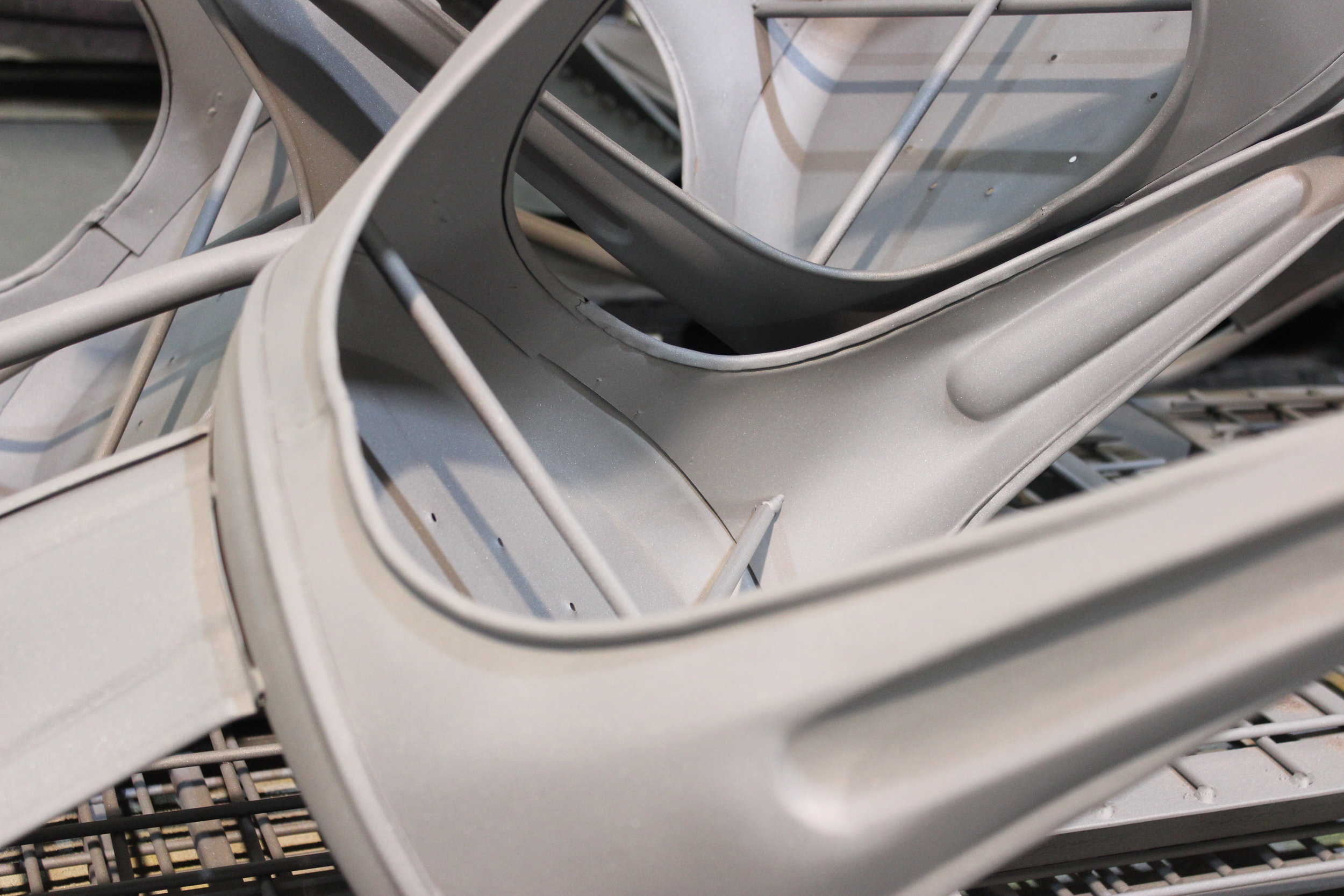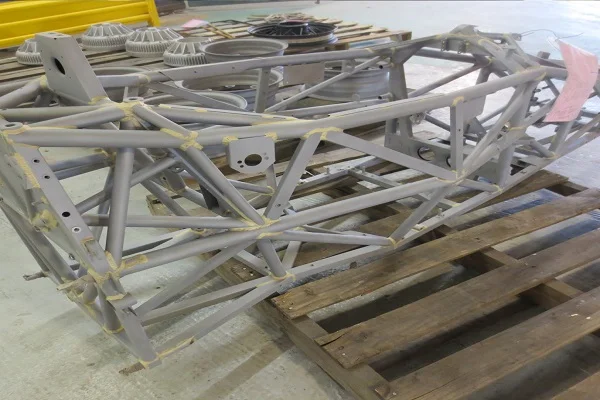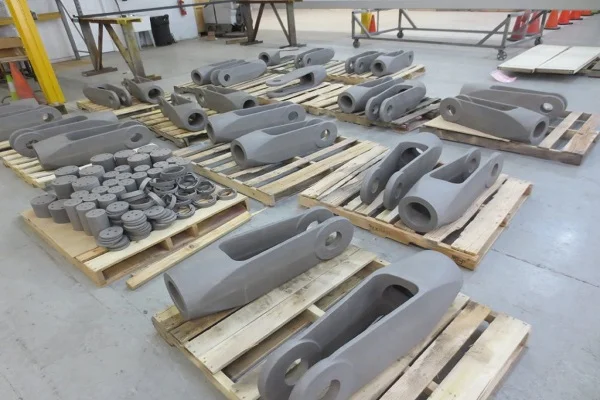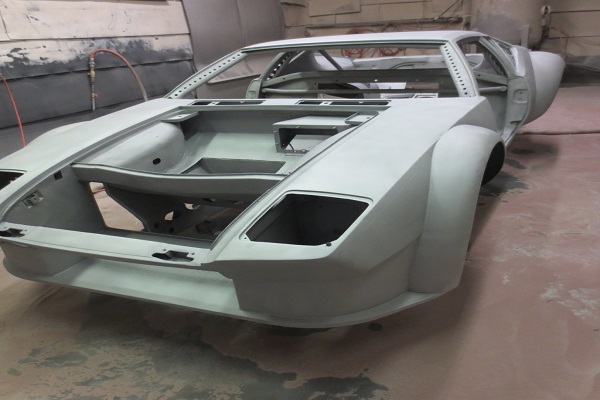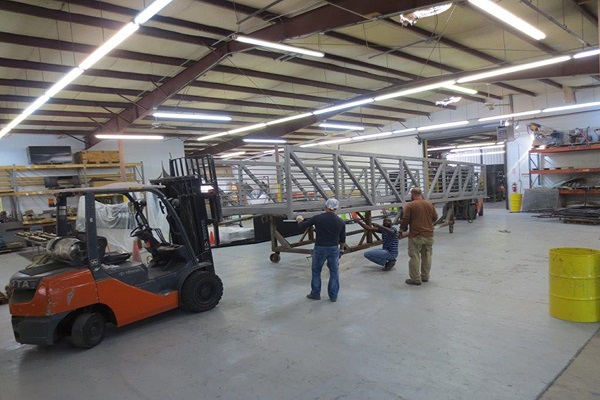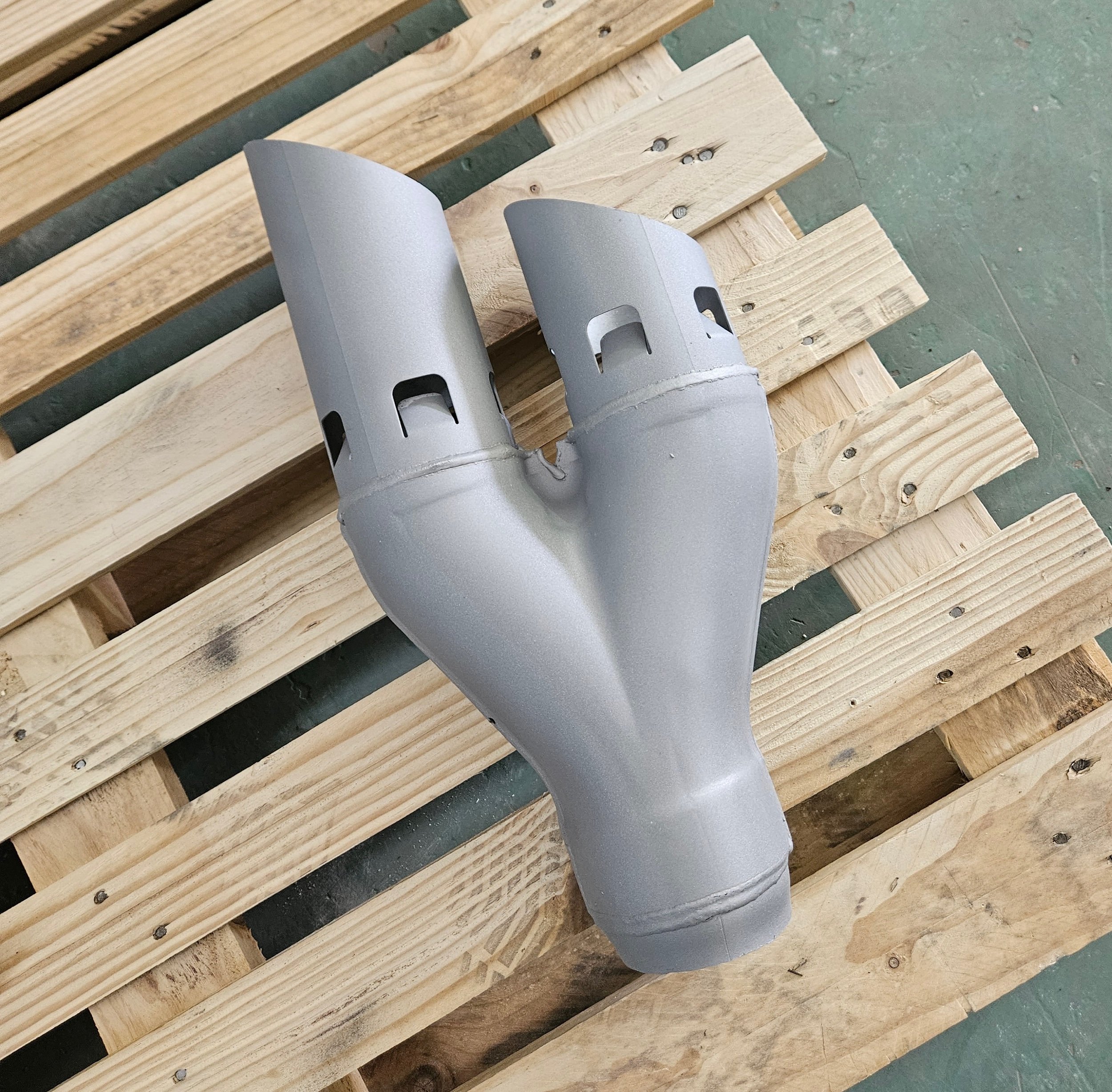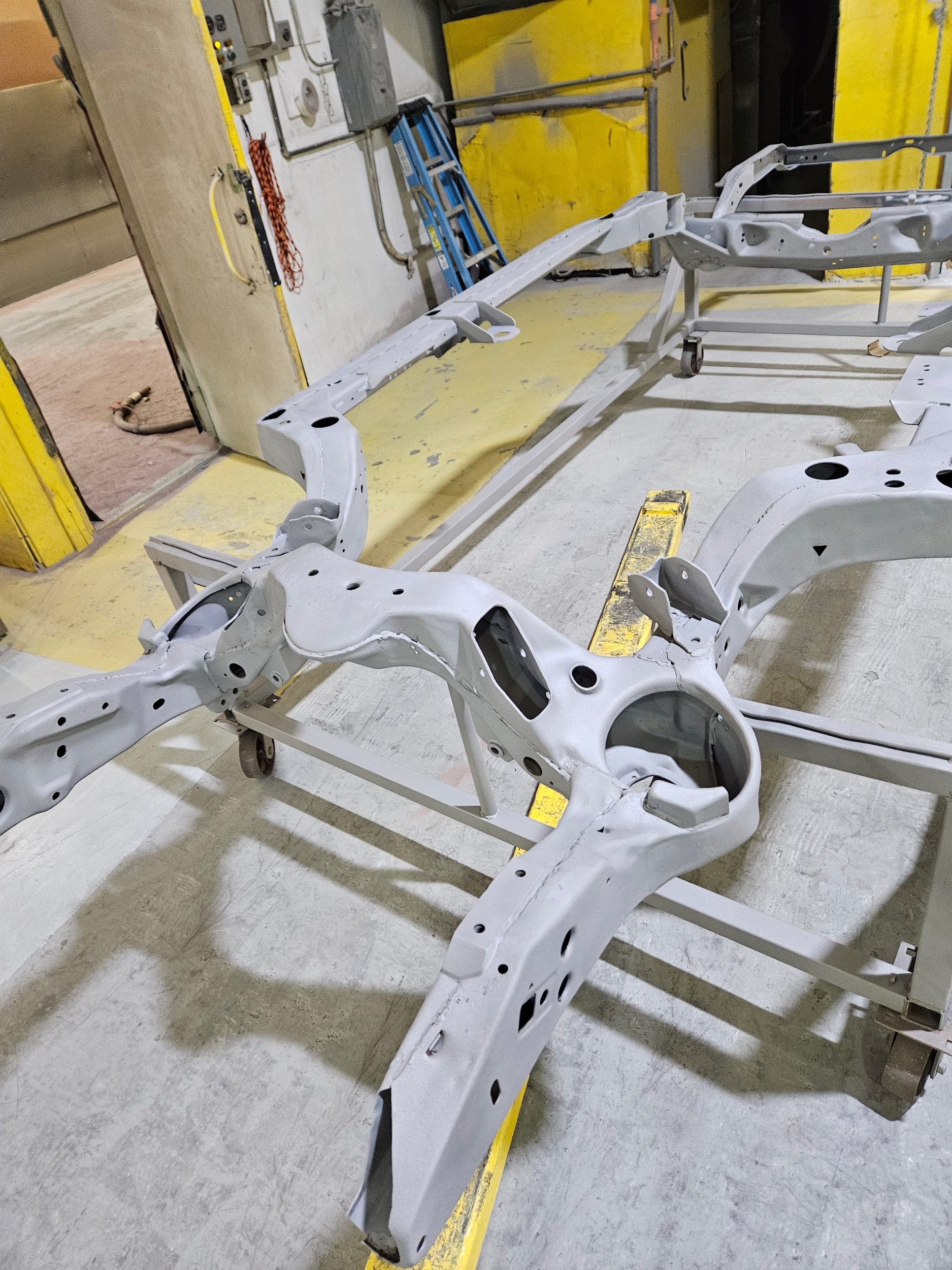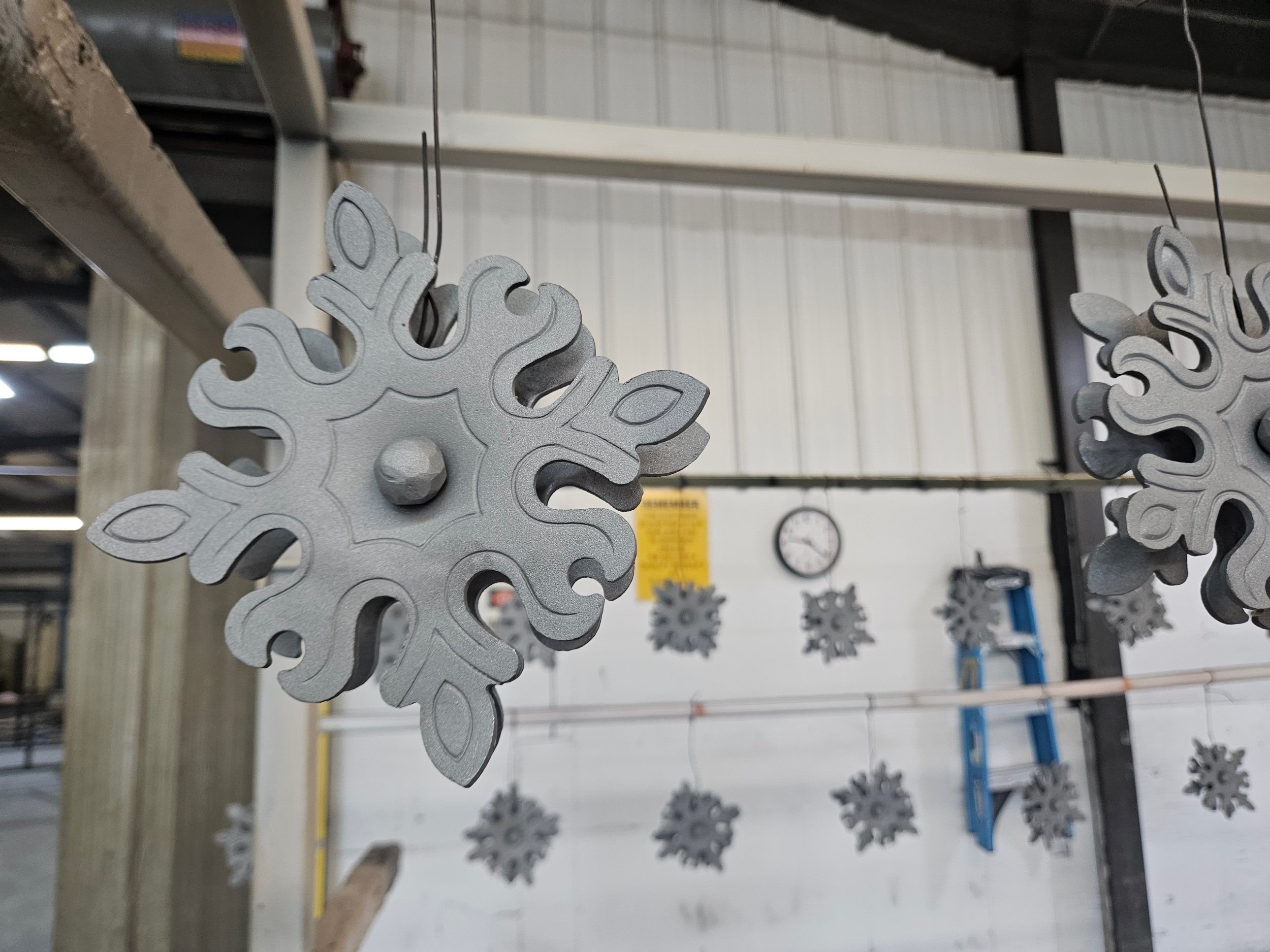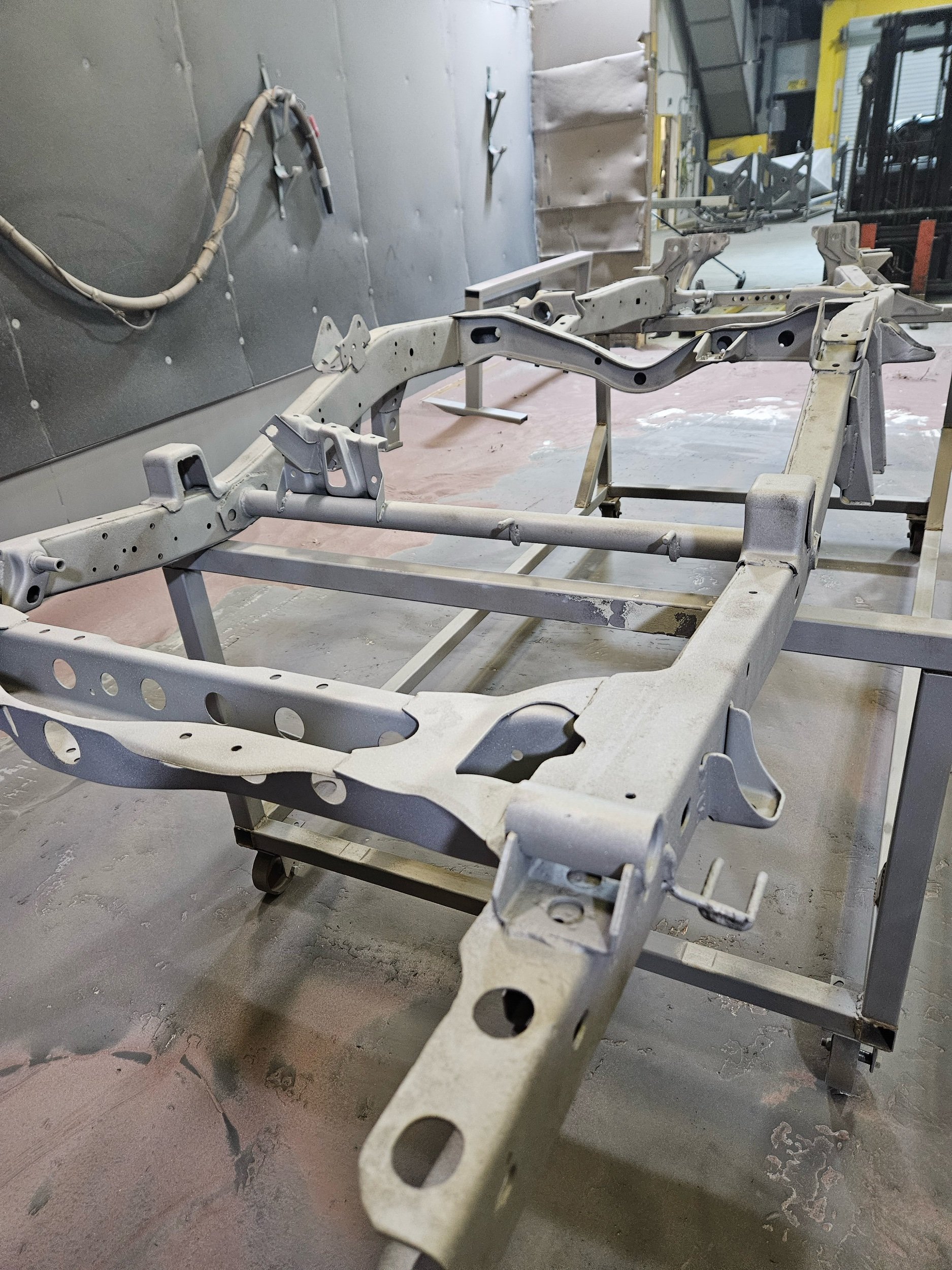MEDIA BLASTING
Media blast cleaning metal, fiberglass or aluminum surfaces removes existing paint, rust stripping or corrosion removal and to prepare the surfaces for a new protective coating.
Blast media can be virtually any type of pneumatically accelerated granular or powder material. Silica sands are rarely used anymore because they are not predictable in granular shape, hardness and can be expensive to remove salts that may be present. Additionally because of high silica that may cause respiratory hazards to unprotected workers or workers downwind if it is an open environment, this type of abrasive is not very popular anymore.
Each type of media has benefits; sometimes it is a low price point per pound, sometimes it is the cleanliness of the raw virgin materials. No single blast media works for all applications, and many times the wrong media can create more problems than intended.
Many types of softer metals are blast prepared every day, these soft metals include, zinc, aluminum, copper, brass, bronze. Soft metals are often stripped using soft abrasive media such as plastic, walnut shell, soda blast. Soft abrasives do not however remove stubborn coatings or rust and corrosion typically. Hard abrasive media may include manufactured materials such as aluminum oxide, silicone oxide, garnet, crushed glass, coal slag, silica sands, steel grit, stainless steel grit and many others. Hard abrasives are most often selected for rapid cleaning and cleaning to produce a specific profile. This profile is used to insure protective coatings, thermal sprayed metals, epoxies or powder coated finishes adhere according to manufacturer’s specifications.
Associations such as NACE or SSPC have identified ranges of grit size and weight to achieve predictable profiles and levels of cleanliness and guideline production rates. These guidelines however use clean mild steel as the baseline. Heavy corroded steel, stainless steel.
While the media selected for a particular project is important so are other factors. Air pressure and clean dry air to propel media. Clean media that has not been contaminated with oils, chlorides or other contaminants. The type of blast nozzle will determined stand- off distance required, production rates and may be changed several times to best suit complex shapes on any one job.
Safety is important when using certain media such as walnut shells that can produce large amounts of static electricity or CO2 dry ice can displace oxygen in small unventilated environments and create unsafe work conditions.
A byproduct of any blasting process is the peening effect. Peening is the compression of a surfaces, and can be measured using Almen strips. Low pressures and soft media peen less than heavy hard spherical medias accelerated at high velocities. Peening can be a desirable and beneficial result of a blasting process or it can create warping of light and heavy gauge metals.
Steel Grit Blasting
#30-80 grit. Automatic reclaim, manual air blast. Room size 42′ long x 16′ wide x 16′ high. No weight limitations.
Plastic Blasting
Varied grits sizes classified through mechanical vibratory screens, manual air blast continuous run. Room size is 30′ long x 14′ wide x 12′ high. No weight limitations.
Glass Bead Blast Cleaning
Varied sphere size, glass classified through mechanical vibratory screens, manual air blast continuous run. Room size 30′ long x 14′ wide x 12′ high. No weight limitations.
Garnet Blast Cleaning
#60-100 grit size, Automatic reclaim, manual air blast with multiple operators. Room size 42′ long x 16′ high. No weight limitations.
Sand/Slag/Walnut/Other Blast Cleaning
We stock 10-100,000 lbs of various abrasives or blast media’s. Our shop also has the capability of process blasting very large parts outside.
Bicarbonate of Soda
Soft blast media used for “gentle cleaning,” generally accelerated with high pressure water.
Steel & Stainless Steel Shot Peening
Shot is used for aggressive peening of thick substraights and on materials where traces of iron are not acceptable.
Sponge Blast Cleaning
An unusual material that is gentle and aggressive at the same time.
Plant air is after cooled, dried and oil free.
All operations are performed indoors in environmentally controlled conditions.
Nozzle pressure and grit size is individually controlled on each blast bay to provide the detailed requirements of each task.
Blast profile can be adjusted from 1-5 mils in profile height.


